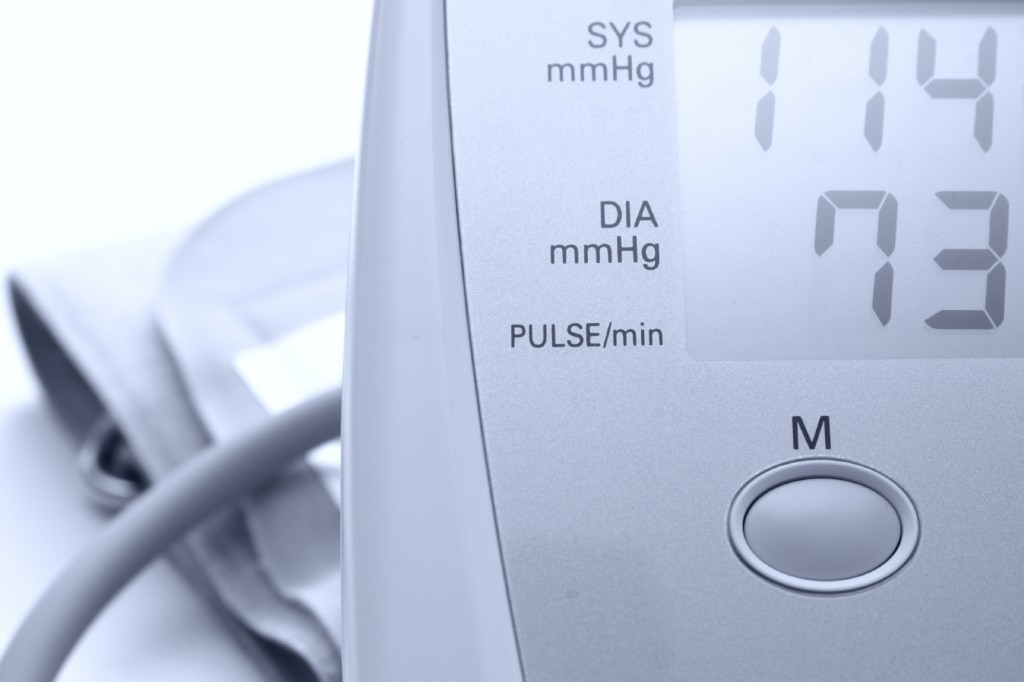
Benefits of Low Blood Pressure
New Study Suggests Shift In Thinking About How Low Blood Pressure Should Go?
For decades healthcare providers had a carved-in-stone formula for what constituted normal blood pressure for people over 60: 140 or even 150 over 80. However, a comprehensive new study released by the federal government suggests that going much lower – 120 and below – could provide “potentially lifesaving” benefits to tens of millions of Americans.
The study, called SPRINT, involved more than 9,000 men and women ages 50 and over at high risk of heart disease or kidney disease (that affected their blood pressure). It found that patients who reached a systolic blood pressure of below 120 decreased their risk of heart attacks and strokes by as much as 33% and their risk of death by almost 25%.
What Does Blood Pressure Measure?
Blood pressure is measured in two numbers, the top number, or systolic blood pressure, measures the pressure in the arteries when the heart beats. The bottom number, or diastolic blood pressure, measures the pressure in the arteries between heartbeats (when the heart muscle is resting between beats and refilling with blood).
When SPRINT was designed, the well-established clinical guidelines recommended a systolic blood pressure of less than 140 for healthy adults and 130 for adults with kidney disease or diabetes.
This chart from the American Heart Association reflects current thinking about optimal blood pressure”
| Blood Pressure Category | Systolic mm Hg (upper #) | Diastolic mm Hg (lower #) | |
| Normal | less than 120 | and | less than 80 |
| Prehypertension | 120 – 139 | or | 80 – 89 |
| High Blood Pressure (Hypertension) Stage 1 | 140 – 159 | or | 90 – 99 |
| High Blood Pressure (Hypertension) Stage 2 | 160 or higher | or | 100 or higher |
| Hypertensive Crisis (Emergency care needed) | Higher than 180 | or | Higher than 110 |
Leading Cause of Death
High blood pressure, also known as hypertension, is a leading cause of death in the U.S. An estimated 1 in 3, or 79 million, Americans have high blood pressure. Nearly 31,000 die annually in the U.S. because of hypertension, according to the Centers for Disease Control.
The SPRINT study, which began in the fall of 2009, is the largest study of its kind to date to examine how maintaining systolic blood pressure at a lower than currently recommended level will impact cardiovascular and kidney diseases. NIH stopped the blood pressure intervention earlier than originally planned in order to quickly disseminate the significant preliminary results.
The study population was diverse and included women, racial/ethnic minorities, and the elderly. The investigators point out that the SPRINT study did not include patients with diabetes, prior stroke, or polycystic kidney disease, as other research included those populations.
Consult With Your Doctor
“Our results provide important evidence that treating blood pressure to a lower goal in older or high-risk patients can be beneficial and yield better health results overall,” said Lawrence Fine, M.D., chief, Clinical Applications and Prevention Branch at the National Health Institute. “But patients should talk to their doctor to determine whether this lower goal is best for their individual care.”
Sources:
National Institute of Health, “Landmark NIH study show intensive blood pressure management may save live,” press release, Sept. 11, 2015.
American Hearth Association, “Understanding Blood Pressure Readings,”.www.heart.org
Centers for Disease Control and Prevention, “FastStats – Hypertension,” www.CDC.gov
About SignatureMD
SignatureMD is one of the nation’s largest firms providing initial conversion and ongoing support services to concierge medicine physicians. SignatureMD currently partners with over 200 affiliated primary care physicians and specialists across 35 states, and its network is rapidly expanding.